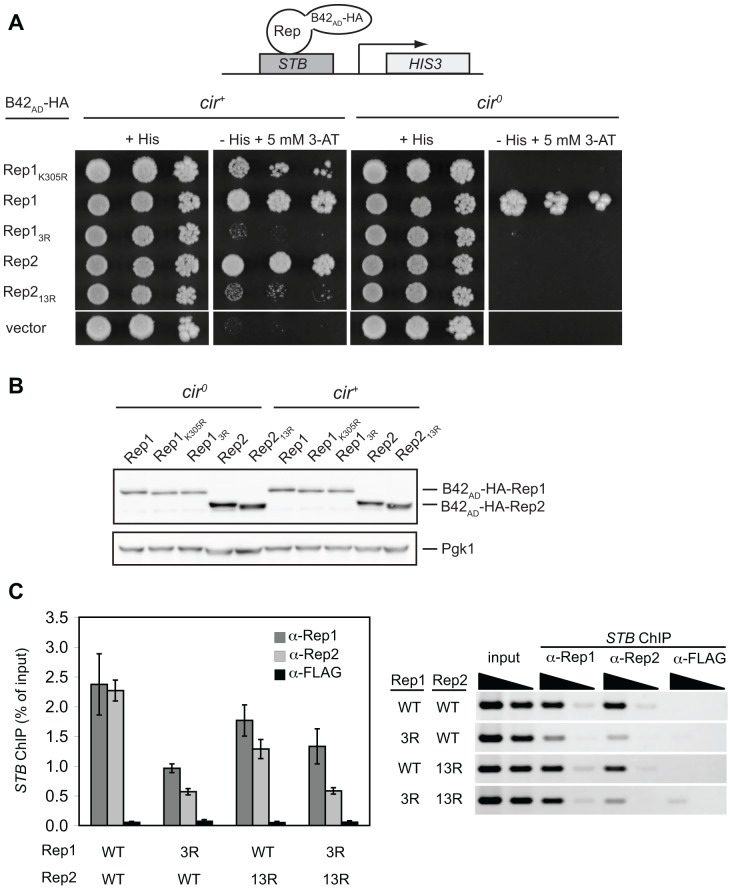Figure 5. Lysine mutations in Rep13R and Rep213R impair Rep-STB association but do not reduce levels of Rep fusion proteins.
(A) Five-fold serial dilutions of a cir + or cir 0 yeast one-hybrid reporter strain encoding STB upstream of a HIS3 reporter gene and transformed with plasmids encoding the indicated Rep1 and Rep2 proteins fused to B42AD-HA were spotted onto galactose media to induce expression of fusion proteins. Recruitment of the Rep proteins to STB was monitored by growth on medium lacking histidine supplemented with 5 mM 3-aminotriazole. (B) Levels of the B42AD-HA fusion proteins were monitored by western blot analysis of total protein extracted from the yeast transformants 24 h after galactose induction. (C) ChIP assays were performed with anti-Rep1, anti-Rep2, or anti-FLAG antibodies and the precipitated DNA amplified using primers specific for STB. ChIP efficiency is indicated by the percent of input DNA immunoprecipitated (avg ± sd from triplicate assays) (left) and ethidium-stained agarose gels of PCR products from a representative assay are shown (right). Template DNA amplified in “input” PCR reactions represented 40% of the DNA that was immunoprecipitated and used as template in “ChIP” PCR reactions.

